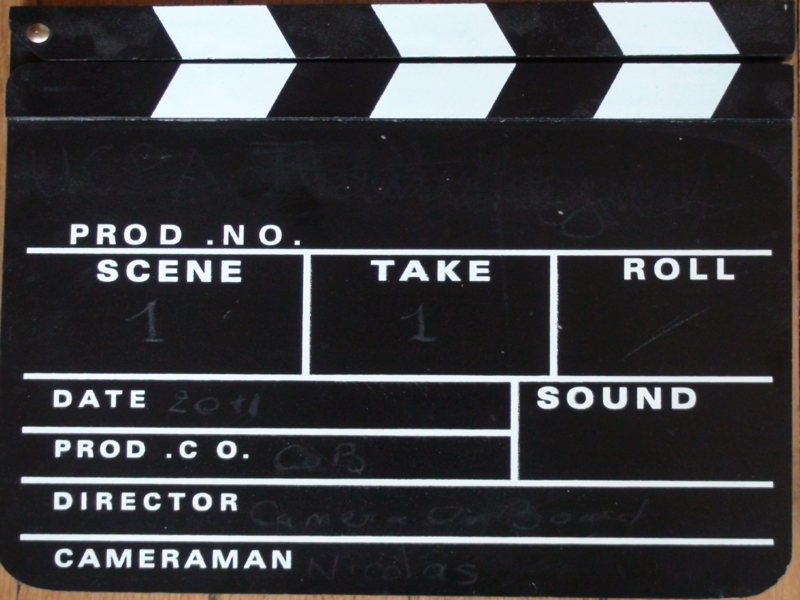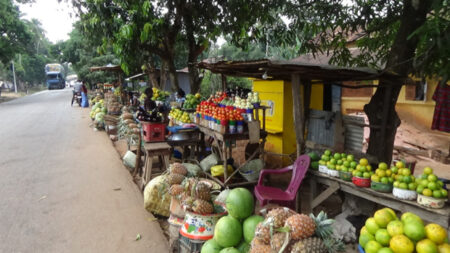 Idea #506 – Exploring the Ghelati monastery in Koutaïssi
Idea #506 – Exploring the Ghelati monastery in Koutaïssi
![]() The city of Koutaïssi is a the second biggest city in Georgia, known for its churches and other cultural buildings. Known historically under the name of Ééa, or Koutaïa, the city was founded more than 3 500 years ago, and became the major city of the Colchis. It is quoted in the Jason’s Greek myth and the Golden Fleece, when Apollonios de Rhodes made the Argonauts came there to get back with the Golden fleece, gifted by king Éétès. With the decline of the Colchis, because of the repetitive Utartus’ attacks, Koutaïa was replaced by Poti, as religious and cultural center of western Georgia. Koutaïa became a simple town. Integrated into the kingdom of Iberia in the IIIth century BC. The city was then conquered by Pompee the Great in 65 BC. The decline of the city continued during the high Middle Ages, and fell in the hands of Persia in 550 AD. From the XVth century to 1810, Koutaïssi became the capital of the Kingdom of Iméréthie, who is afterward annexed by the Russian czar Alexandre the Ist.
The city of Koutaïssi is a the second biggest city in Georgia, known for its churches and other cultural buildings. Known historically under the name of Ééa, or Koutaïa, the city was founded more than 3 500 years ago, and became the major city of the Colchis. It is quoted in the Jason’s Greek myth and the Golden Fleece, when Apollonios de Rhodes made the Argonauts came there to get back with the Golden fleece, gifted by king Éétès. With the decline of the Colchis, because of the repetitive Utartus’ attacks, Koutaïa was replaced by Poti, as religious and cultural center of western Georgia. Koutaïa became a simple town. Integrated into the kingdom of Iberia in the IIIth century BC. The city was then conquered by Pompee the Great in 65 BC. The decline of the city continued during the high Middle Ages, and fell in the hands of Persia in 550 AD. From the XVth century to 1810, Koutaïssi became the capital of the Kingdom of Iméréthie, who is afterward annexed by the Russian czar Alexandre the Ist.
Near the city is the cathedral of Bagrati, built in the XIth century during the reign of king Bagrat the IIId, today in ruins because of the bombardment of the city by the Ottomans in 1692. it is a masterpiece of the Georgian medieval architecture.
The monastery of Ghélati is also in the same cultural area. Called the ” new Athens ” or the second Athos “, the city was founded in 1106 AD by king David IV of Georgia, who is buried there. The monastery was for a long time one of the big cultural and intellectual centers of Georgia. It was the seat of an academy, gathering several of the most eminent scientists, theologians and philosophers of the country. The monastery was set on fire by the Turks in 1510 but reconstructed by king Bagrat III and became the seat of the patriarchy of western Georgia.
The main church, founded in 1106, is dedicated in the Virgin Mary. The main apse is decorated with a 2,5 million pieces mosaic, executed between 1125 and 1130, which represents a Madonna and Child surrounded with the archangels Michel and Gabriel. The second hall in the southwest, which was formerly the main entrance of the complex, shelters King David’s grave. The arabic inscriptions on the iron doors which decorate the grave were took back from Gandja, in 1139.

Where is it?
Ghelati Monastery, Koutaissi, Georgia





